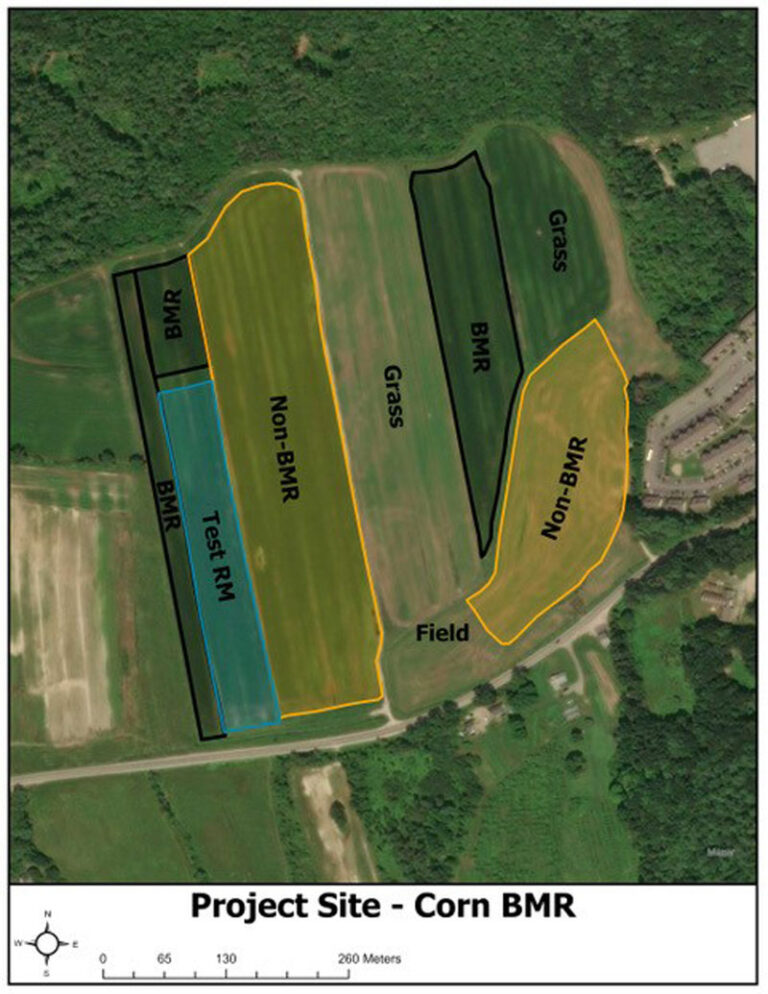Do The Right Thing

It is that time of the year again. I hear the scurry of my colleagues sorting through old folders, re-organizing class notes. The copy machine is chugging along, spewing syllabi. The line outside the IT staff office is long with instructors seeking assistance in posting to their websites or the campus learning management system. The odd student is lurking, interested in changing his or her schedule or seeking advice on courses to take. Anticipation is in the air. A fresh start. The angst of the first class.
Alas, for too many of my fellow geographers the start of the teaching season is greeted with groans. It means less time for research. Earlier this year I read a particularly bitter yet entertaining commentary in the Chronicle of Higher Education by Jacques Berlinerblau entitled Teach or Perish. In his broad ranging rant about higher education, Berlinerblau makes a few points that resonate with me. First, he writes, “Somewhere along the way, we spiritually and emotionally disengaged from teaching and mentoring students. The decision…has resulted in one whopper of a contradiction. While teaching undergraduates is, normally, a large part of a professor’s job, success in our field is correlated with a professor’s ability to avoid teaching undergraduates.” He proceeds to explain that teaching is often considered “a burden” and concludes, “…we need to demonstrate that professors are deeply invested in, and committed to, the minds of undergraduates.” I cannot agree more.
As I recounted in my previous column, this is a time of disruption in higher education. I identified eight actions key to the health of geography. The first was teach. By teach, I mean departments and individual faculty must become fully engaged in the teaching mission of their organizations. We need to care about what we are teaching (see Mona Domosh’s previous presidential column on curriculum, how we are teaching, and the impacts of our teaching. This is an essential element to establish a healthy reputation in your institution; deans love robust enrollments.
One of the principles of teaching and learning is that students enjoy learning and, perform better, when they are more intrinsically than extrinsically motivated to achieve. The same is true for instructors. It should be a matter of personal satisfaction to know that what you are doing with your students is important, positive, and rewarding to both you and them. Recently, a Gallup survey revealed that a college graduate’s satisfaction in, and engagement with, their career is related to the nature of their engagement in college, specifically whether they perceived an instructor cared about them, motivated them to learn, and encouraged them to follow their dreams. I don’t think we realize the effects we have on our pupils. Often only in the twilight of our careers do we get positive feedback from former students. But the Gallup research indicates that the experiences we shape for our students influence them for the rest of their lives. The implications are enormous for us as educators. But they are also relevant to individuals engaged in fund-raising and department development initiatives. Graduates who reflect fondly on their college intellectual experiences are more likely to recommend your program to others or contribute time and money to your institution.
A second argument for making teaching valued is reproducing ourselves. Despite small increases in first-time-in-college students entering geography programs, we are still a discovery major. We will survive only as we are able to attract the best and the brightest students through excellent, exciting, and challenging teaching. We need to intentionally capture students in the general education classes that for many of us are the bread and butter of our programs. And as we teach we need to be mindful of the values of a liberal education, defined by the AAC&U as an, “approach to learning that empowers individuals and prepares them to deal with complexity, diversity, and change. It provides students with broad knowledge of the wider world (e.g., science, culture, and society), as well as in-depth study in a specific area of interest.” This sounds like an argument to require geography in every general education program to me.
Teaching is both an art and a science. We know what works (and what doesn’t) to facilitate student learning. There are a number of carefully researched, evidence-based initiatives to improve undergraduate teaching and learning, particularly in the sciences. But their findings are applicable to good teaching in the social sciences and humanities as well. Most recently, in a comment in Nature, a group of educational leaders reported on the results of an AAU initiative to improve undergraduate science education. I urge you to peruse this article. The list of concrete strategies to improve practice begins by asserting the importance of a bottom up approach, “Effective teaching begins with faculty members who maintain significant autonomy over their practices. Most care deeply about teaching, in addition to their strong interest in research.” Other recommendations include increasing scientific and reflective teaching and student engagement in learning; making teaching count for promotion and tenure; and recognizing and rewarding good teaching.
And there’s the rub. We geographers must press for a true valuation of teaching; it is good for us personally and professionally for the reasons I outlined above. At my own institution we have prestigious professorships in teaching excellence. However, these do not accrue the same status as distinguished research professorships. It is hard to understand. Or maybe not. In any event, at the beginning of a new school year, perhaps we should all think about how important teaching is, and remember Da Mayor’s admonition, “Always do the right thing.” Teaching well IS the right thing.


